At some point or another, any horror film fan is bound to see or hear a reference to the witching hour. It’s a common plot point used to indicate a time when ghosts, evil spirits, demons, or the devil himself come out to terrorize the living. Yet the witching hour has a long history spanning back centuries before Hollywood made it a jump-scare trope.
What is the Witching Hour?
The witching hour, also known as the devil’s hour, is a timeframe between 3 AM and 4 AM. According to legend, during this time, the veil separating the living and the dead becomes thin enough that spirits and malevolent forces can seep into our realm. Leading theologians feared that witches would use this time to commune with Satan and, therefore, it became known as the witching hour.
Although most people have heard of the witching hour, few people know the full story behind its history and what it means for the land of the living. In this article, we’ll do a deep dive into everything you’ve ever wanted to know about this mystical time and explore its paranormal and not-so-paranormal implications.
When is the Witching Hour?
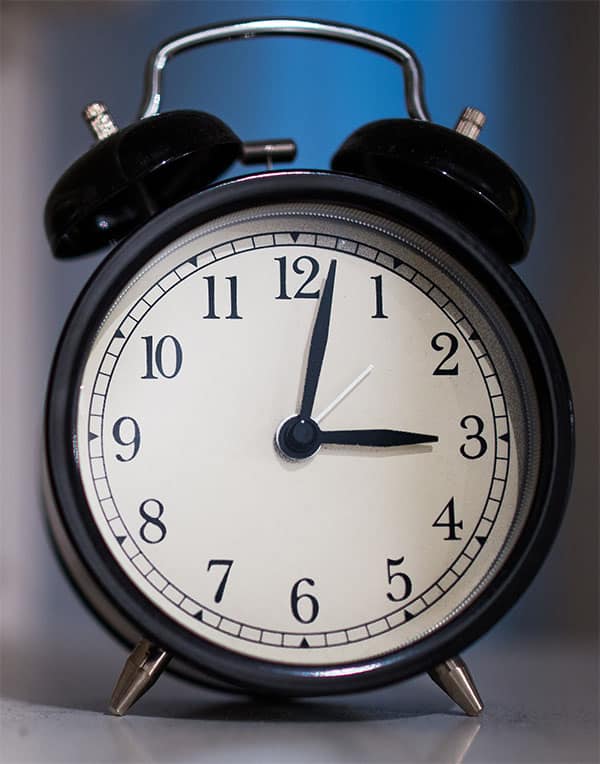
The witching hour is exactly one hour of the early morning when people are fast asleep. It runs from 3 to 4 AM and, during this time, the devil is said to come out to play. If he catches you, he’ll steal your soul and drag you to the depths of hell. So, we encourage you to lock your doors and get some shut-eye before the strike of three.
What Exactly is the Witching Hour?
With a name like the witching hour, it’s easy to see why Hollywood took hold of the concept. As haunting and mystifying as it may sound, the witching hour is simply a long-standing superstition that dates back to the Middle Ages. At the time, people believed it was the time when witches could commune with the devil and, over the years, it has mixed with other beliefs.
The witching hour has been mentioned in countless works of fiction, including Bram Stoker’s Dracula, Anne Rice’s The Witching Hour, and even in the Harry Potter series. As the legend spread across Europe, it even came to be associated with the time when vampires would rise from their graves to feed on the blood of the living, hence its appearance in Dracula.
The witching hour is also a popular time for ghosts to make appearances. In fact, one of the most famous ghost stories, The Amityville Horror, is based on a family who claims to have been terrorized by ghosts during the witching hour.
Whether you believe in the supernatural or not, the witching hour is a fascinating concept with a long and rich history. Let’s take a closer look at where the legend of the witching hour began and how it has evolved over time.
The Origins of the Witching Hour
The term “witching hour” can be traced back as far as 1775 when Irish poet Reverend Matthew West used the term in his poem “Night, An Ode”. However, this was hardly the birth of the concept. As far as the evidence goes, the idea of a witching hour dates back at least to the early Renaissance.

In 1535, the Catholic Church published an edict banning activities between 3 AM and 4 AM. Their reasoning—to prevent a rise in witchcraft. This represents possibly the first hard evidence that Europeans widely accepted this dark hour as Satan’s ideal time. If true, and the devil was walking among men in the early hours of the morning, this would be when witches could do their magic.
The numerology of the time even speaks to why it was likely considered evil. In the Christian faith, the number three is often linked to God—the trinity of the Father, Son, and Holy Spirit. For Satan to walk among man at this time, it would represent the ultimate perversion of the sanctity of the trinity and mock God.
However, as people have become less superstitious and less religious over the centuries, the witching hour has lost some of its deeper meaning. Today, it’s mostly thought of as a time at night when evil spirits cross the veil and come out to play.
What is the Veil?
In order to understand the witching hour, you must first understand the veil. The veil is a concept that dates back to ancient times and is still widely accepted by many cultures around the world. The basic idea is that there is a barrier between the physical world and the spiritual world.
The veil is said to protect us from the spirits of the dead and other malicious entities that might do us harm. It’s also said to keep us from seeing the true nature of reality. In some cultures, it’s believed that the veil is lifted during certain ceremonies, such as shamanic rituals, allowing the living to commune with the dead.
During the witching hour, it’s said that the veil is at its thinnest, making it easier for spirits to cross over and for us to see into the spiritual realm. This is why many people believe that ghosts are more likely to make themselves known during this time.
The Witching Hour and Clairvoyance
As the veil between the worlds is at its thinnest during the witching hour, it’s also said to be the best time for clairvoyance. Clairvoyance is the ability to see into the future or to see things that are not physically present.
There are many stories of people who have had prophetic dreams during the witching hour or have seen ghosts during this time. It’s also said to be the best time to perform rituals and spells as the results are more likely to be successful.
Whether or not you believe in the supernatural, there’s no denying that the witching hour is a fascinating concept with a long and rich history. The next time you find yourself awake in the early hours of the morning, take a moment to reflect on the legend of the witching hour and all the mystery that surrounds it.
What Happens if Wake Up During the Witching Hour?
According to superstition, waking up during the witching hour isn’t necessarily a bad thing. However, keep in mind that this is a time when malevolent forces can interact with the living, and witches are said to cast curses. If it’s a regular occurrence or you wake up in a panic, you could be under psychic attack.
There are a few tell-tale signs, though, that can help you identify a curse:
- Feeling drained of energy
- Feeling like you’re being watched or followed
- Sudden onset of anxiety and depression
- Unexplained fear and paranoia
- Sudden onset of sleep problems
- Unusual problems in your relationships
- Sudden financial or health problems
If you think you may have been cursed, the first thing you should do is see a doctor to rule out any physical causes for your symptoms. If there is no medical explanation, seek out a professional witch or shaman to remove the curse. They will cast a protection spell and make a talisman or amulet that can ward off evil forces.
Superstitions aside, though, being awake at the witching hour isn’t exactly great for your body. The witching hour falls between 3 AM and 4 AM, which is when your body is supposed to be in its deepest state of sleep. Waking up during this time can disrupt your sleep cycle and leave you feeling groggy and exhausted during the day.
Furthermore, if you’re regularly staying up until 3 or 4 o’clock at night, it could be a sign of an underlying sleep disorder like insomnia. If you think this is the case, you should consult a sleep specialist to find out what’s causing your insomnia and how to treat it.
Are There Any Scientific Explanations for the Witching Hour?
Although the witching hour has a long history steeped in superstition and legend, there are some scientific explanations that could help to explain why this time might be associated with paranormal activity.
First, it’s important to understand that our brains are hardwired to pay more attention to things that happen at night. This is because, for the majority of human history, the night was a time when we were more likely to be attacked by predators. As a result, our brains have evolved to be more alert in the dark.
Second, our brains are also more likely to perceive things when we’re tired. This is because, when we’re tired, our brains are in a heightened state of awareness, looking for anything that might be a threat. This is why we’re more likely to see things that aren’t really there when we’re sleepy, such as shadows or movement in the corner of our eye.
So, when you combine these factors—the darkness, the fatigue, and the stress of the night—it’s no wonder that our brains are more likely to pay attention to things that happen during the witching hour.
The Witching Hour in Pop Culture
For most people, their first interaction with the witching hour is through Hollywood. In recent years, several top-grossing horror films have made the gap between 3 and 4 AM a fixed plot point that drives the action of the story. For example:
- The Conjuring – In the original The Conjuring, there are several scenes that depict an old-fashioned alarm clocking stopping each night at 3:07 AM. This signals to the viewer that the demon has crossed into the human realm and will start terrorizing the homeowners. This is also the time when Lorraine Warren can best fight the demon.
- The Witching Hour – Anne Rice named the first book of her critically-acclaimed The Lives of the Mayfair Witches trilogy after the legendary witching hour. The three-part story follows the lives of a family of witches over several generations and tracks their rise to power and fall from prominence.
- Harry Potter and the Chamber of Secrets – In the second installment of the Harry Potter series, Harry is visiting the Weasleys at their family home, the Burrow. During his time there, he hears Mrs. Weasley listening to a broadcast over the radio called The Witching Hour. Although it’s simply a wizarding talk show, the name calls back to the mystic time between 3 AM and 4 AM.
Beyond these cinematic references, the witching hour has also been used in several novels and albums by leading metal artists, such as Iron Maiden.
Other Colloquial Uses of the Witching Hour
In modern days, the witching hour has lost some of its deeper, more spiritual connotations. Instead, it may be used to refer to everyday occurrences that are unfortunate, uncomfortable, or potentially risky. If you hear someone refer to the “witching hour” and they’re not talking about the early hours of the morning, they could be referring to:
- Babies – A baby’s witching hour is the time when a baby is fussy and hard to soothe. It typically occurs in the late afternoon or evening. Some experts believe that it may be due to fatigue, hunger, or overstimulation while others believe that it may be a way for babies to wind down before bedtime. It’s called a “witching hour” because it’s especially difficult on exhausted new parents.
- Wall Street – The witching hour on Wall Street refers to the last hour of trading on the stock market. In this situation, it runs from 3 to 4 PM rather than AM. This is when brokers hope to make their final deals for the day, leading to a spike in activity and an increase in volatile trading. This volatility is why it’s often called a “witching hour”.
- Gun Violence – Washington D.C. passed an ordinance titled the “Switching” hour, requiring all youths to be back home between 11 PM and 12 AM. The law is designed to get teen offenders off the street to reduce high incidences of gun violence in the early hours of the night. The name “switching hour” is a clear reference to the horrors of the witching hour.
As you can see, any reference to a “witching” hour in modern days acts more as a codeword for bad luck than evil spirits, witches, or demons.
How to Enjoy the Witching Hour
If you’re not afraid to tempt fate and the devil himself, the witching hour is a fantastic time to get spooky. After all, it’s supposedly the time when spirits and demons can most easily interact with humans. So, the next time you and your friends want a scare, consider the following activities:

- Ouija – The Ouija board is synonymous with group-centered scares. The board features a planchette, which is used by participants to spell out messages from the beyond. Players each place their fingers and the planchette and speak a question to the beyond. The spirit (or demon) then moves their hands to create a message.
- Séance – A séance is another great way to communicate with spirits. Traditionally, a séance is conducted by a medium, who acts as a conduit between the living and the dead. However, you and your friends can recreate a séance by sitting in a circle, holding hands, and asking questions to the spirit world. Add candles and incense to set the ambiance.
- Automatic Writing – Automatic writing is a form of channeling in which a person allows a spirit to take control of their hand and write out a message. It’s best to enter a meditative state before attempting this practice, though, as it can open your mind and spirit to the other side.
- Table Tipping – Table tipping is a physical way to commune with spirits. The idea is to have a group of people place their hands on a table, and then see if the table tips or moves on its own. The witching hour is the perfect time for this activity since the spirit will need to slip into our realm to shift the table.
- Ghost Hunting – Ghost hunting can be a fun way to explore local legends and history, while also getting a good scare. Check into a local haunted hotel or check out that abandoned hospital nearby. Be sure to bring along a camera and a tape recorder to document any strange sightings or sounds. Also, we don’t condone trespassing so be smart about where you venture.
If you are lucky, you may just run into a ghost. However, be careful to speak words of protection to ward off any malevolent demons and angry spirits looking to possess a human.
When to Enjoy the Witching Hour
There’s a time and a place for anything and the witching hour is no different. While you could certainly participate in some spooky fun any night of the week, some days better align with a witching hour than others. The next time these holidays roll around, grab some friends and see if you can commune with the realm beyond the veil:
- Halloween – Halloween and the witching hour go hand in hand. Many of the traditions we associate with Halloween today can be traced back to the Gaelic holiday Samhain. This holiday marked the beginning of a liminal period when spirits could easily pass into the land of the living. Therefore, the witching hour on Halloween is the best time to commune with the other side.
- Friday the 13th – There are a number of theories about this unlucky day. Some believe that it has to do with the Last Supper, which took place on a Friday. The 13th guest at the supper was Judas, the apostle who betrayed Jesus. Whatever its origin, Friday the 13th has long been considered an unlucky day and is the perfect time to convene at the witching hour.
- Día De Los Muertos – In Mexico, Día De Los Muertos, or the Day of the Dead, is a time when the spirits of our ancestors can travel back to the land of the living. During the holiday, it’s important to visit your family members’ graves and pay them respect. Going at the witching hour could give you a chance to see and interact with your deceased loved ones.
- Zhongyuan Festival – If you live in the Sino-sphere, the 15th night of the seventh month of the lunar calendar is known as the Ghost Festival. This celebration honors deceased ancestors, much like the Day of the Dead. In Chinese tradition, it’s best to avoid walking around at night as a ghost may follow you home and bring bad luck for the rest of the year.
No matter where you are in the world, you’re bound to encounter a local tradition or holiday that marks and celebrates the dead. These days are a wonderful time to celebrate the witching hour and could present an ideal situation for communing with demons, spirits, and ghosts.
Should You Fear the Witching Hour?
In short, no. The witching hour is a time steeped in superstition and legend. It’s a time when our brains are more likely to pay attention to things that go bump in the night and when we’re more likely to see things that aren’t really there. However, this doesn’t mean that you should be afraid of the witching hour.
Instead, use it as an opportunity to enjoy some spooky fun with your friends or to explore your local history and legends. Just be sure to use caution and common sense. After all, the witching hour is still a time when malevolent forces are said to be active. If you’re particularly prone to the paranormal, take steps to protect yourself from psychic attack.
Closing Remarks
The witching hour is a fascinating idea with a long and rich history yet there’s still much we don’t know. Is it a time when the veil between the worlds is at its thinnest? Is it a time when witches can commune with the devil? Or is it simply a time when our brains are more likely to pay attention to things that go bump in the night?
Although we may never know for sure, the witching hour is a fun topic to explore and a great excuse for some spooky fun. So, the next time you find yourself awake in the early hours of the morning, take a moment to pause and say a prayer.
References
https://www.cambridge.org/core/elements/witchcraft-and-the-modern-roman-catholic-church/F04975F4615AB2F2464FD9140AAC3B15
https://www.farmersjournal.ie/samhain-when-the-veil-separating-the-worlds-is-at-its-thinnest-656172
http://hpri.fullerton.edu/Community/documents/psychicSelfDefense.pdf
https://www.sleepfoundation.org/circadian-rhythm
https://www.nature.com/articles/s41598-017-17022-9
https://mpdc.dc.gov/page/dcs-curfew-law-know-facts
https://www.baltimoresun.com/bal-howtoseanceoct14-story.html
https://www.liveabout.com/how-to-practice-automatic-writing-2593046
https://www.americanhauntingsink.com/table
https://www.history.com/topics/holidays/samhain
https://www.history.com/topics/folklore/friday-the-13th
https://dayofthedead.holiday/history/
https://www.chinahighlights.com/festivals/hungry-ghost-festival.htm


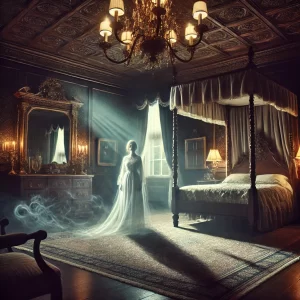
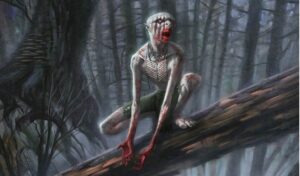
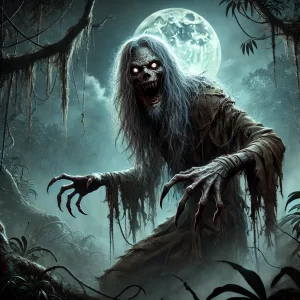
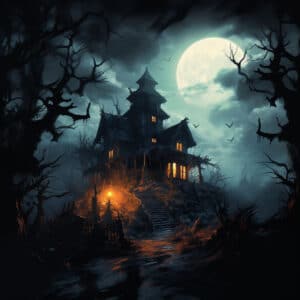
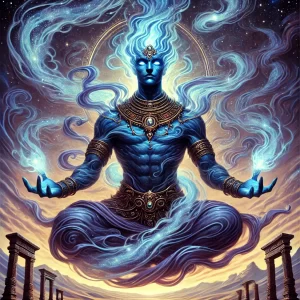
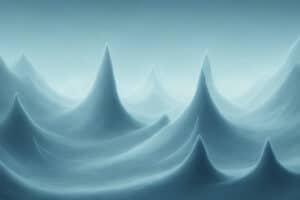
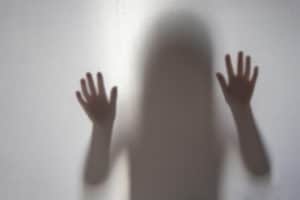
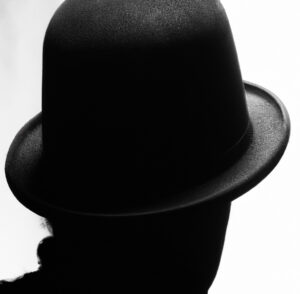

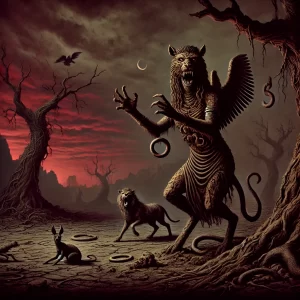
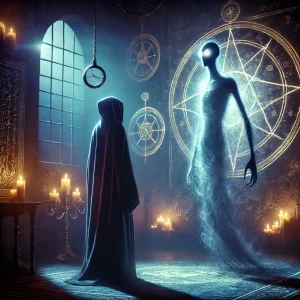
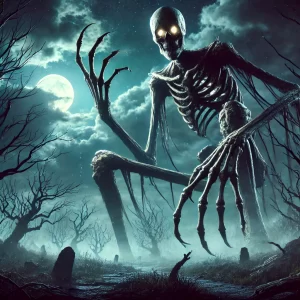
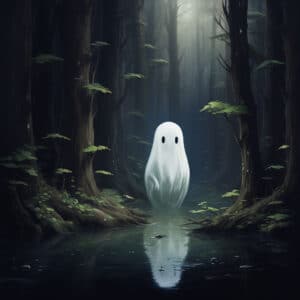
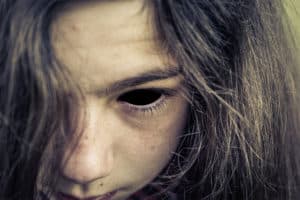
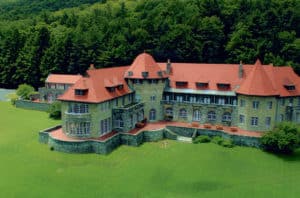

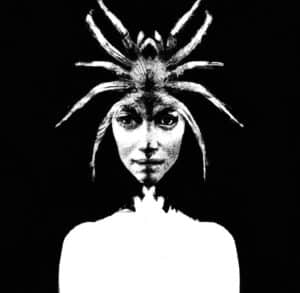

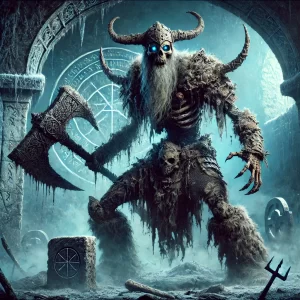
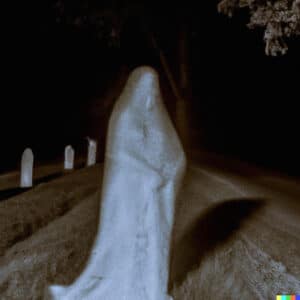
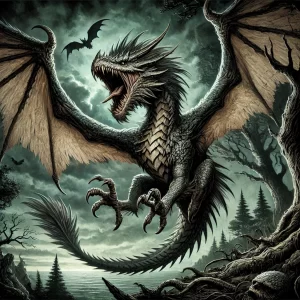
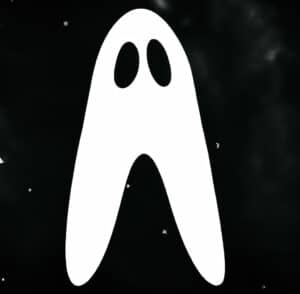


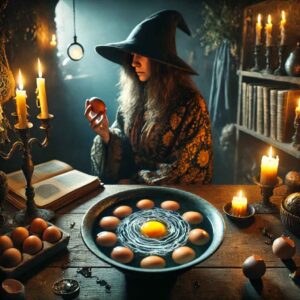
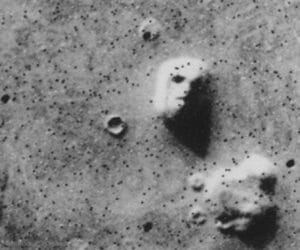
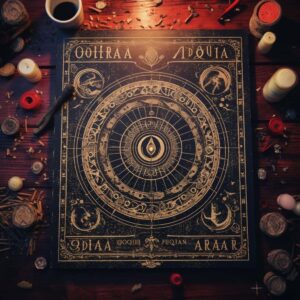

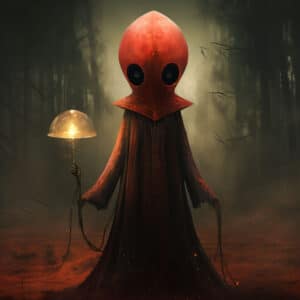
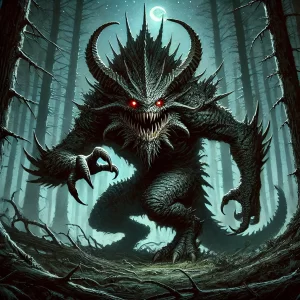
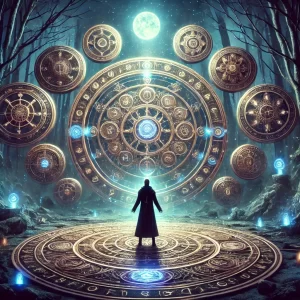
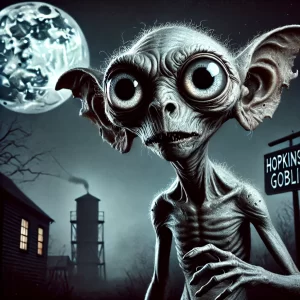

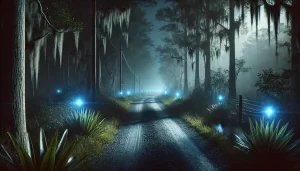
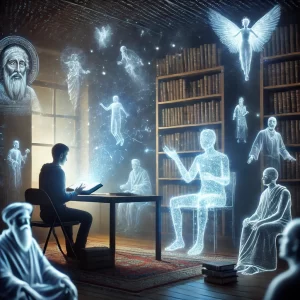
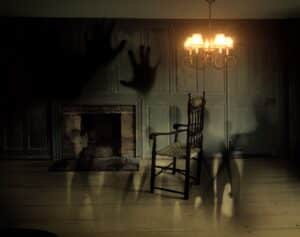

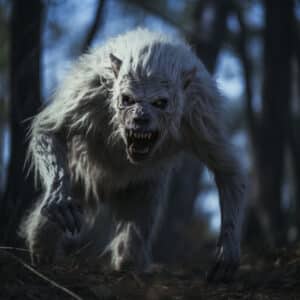
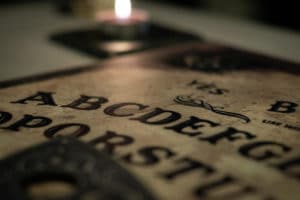

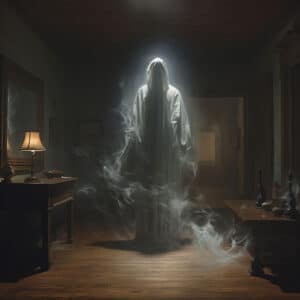

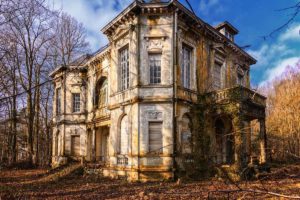


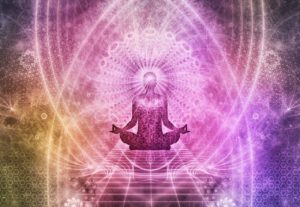

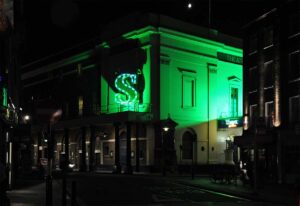
Leave a Reply